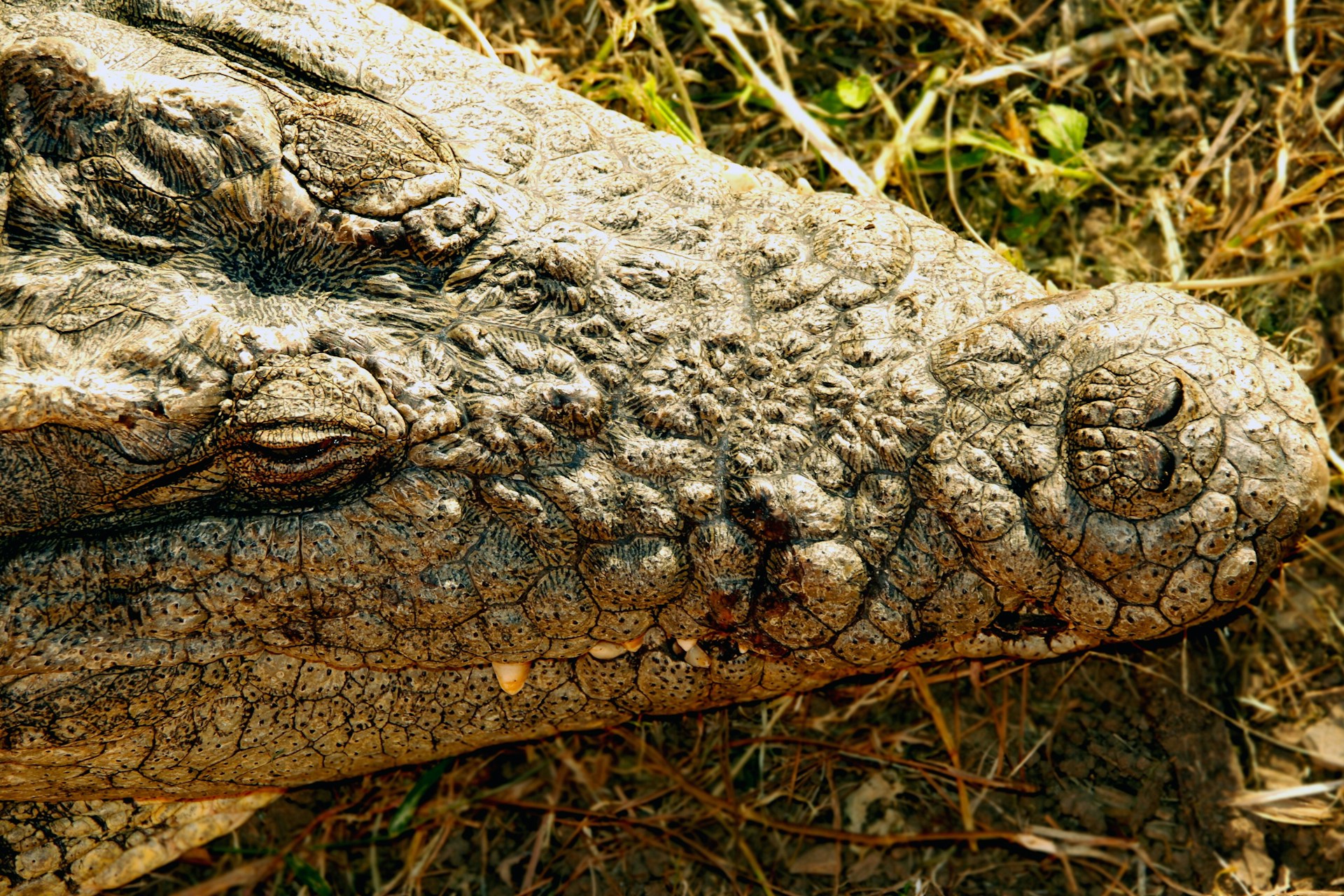Chad, officially the Republic of Chad, lies in the heart of North and Central Africa. Bordered by Libya, Sudan, the Central African Republic, Cameroon, Nigeria, and Niger, this less-explored country is home to about 2 million people in its capital, Ndjamena. Travelers must be aware of dangerous animals in Chad for their safety.
Employing a knowledgeable tour guide is crucial to navigate through different regions safely. Despite being less visited, Chad boasts diverse ecological zones, from the arid Sahara in the north to the lush Sudan Savannah in the south. French is the official language, with Arabic widely spoken. Ensure a smooth journey by having a translator with you. The southern regions experience rainfall from May to October, fostering biodiversity.
Table of Contents
Why visit Chad?
Perhaps the mystery surrounding Chad is a compelling reason to explore this country. The friendly people and unique cultures make it an intriguing destination in Africa.
Further read: Dangerous animals in Mali
Chad is home to endemic reptile species, adding to its allure. However, with diverse species thriving in the region, prioritizing safety is crucial.
Further read: Dangerous animals in Niger
When traveling to Chad, having a knowledgeable tour guide who understands the terrain and emergency contacts for clinics is essential. Here are some of the dangerous animals you may encounter during your trip to Chad.
Nile Crocodile
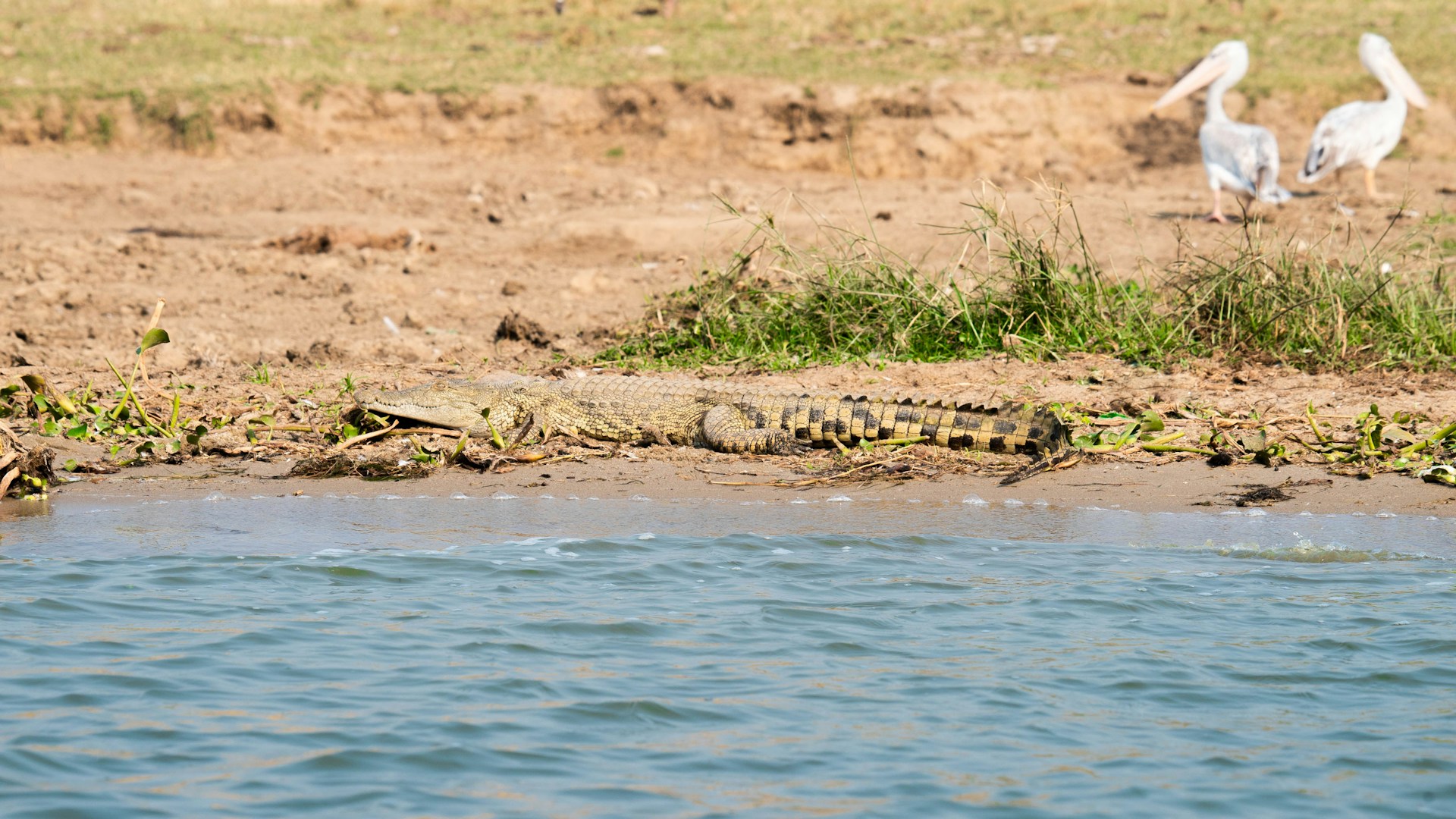
Encountering the Nile crocodile is a possibility during your trip to Chad. These creatures are known to inhabit rivers, lakes, and various habitats throughout the country. Equipped with sharp teeth capable of piercing flesh and bones, they can grow up to 20 feet long and weigh a colossal 2000 pounds. Being carnivorous, they hide in water before attacking. It’s crucial to stay in a safe environment and avoid approaching these waters, as surprise attacks are possible.
Mocquard’s Writhing Skink

This native species, endemic to Chad, thrives in the dry Savannah areas. Feeding on various creatures like insects and millipedes, they are typically found in forested parts of the country. Inhabiting dense forests, they prefer shaded areas with high humidity levels. Considered endangered, it’s vital not to interfere with their habitat during your trip. While not known to be aggressive towards humans, provocation can lead to attacks.
African Rock Python
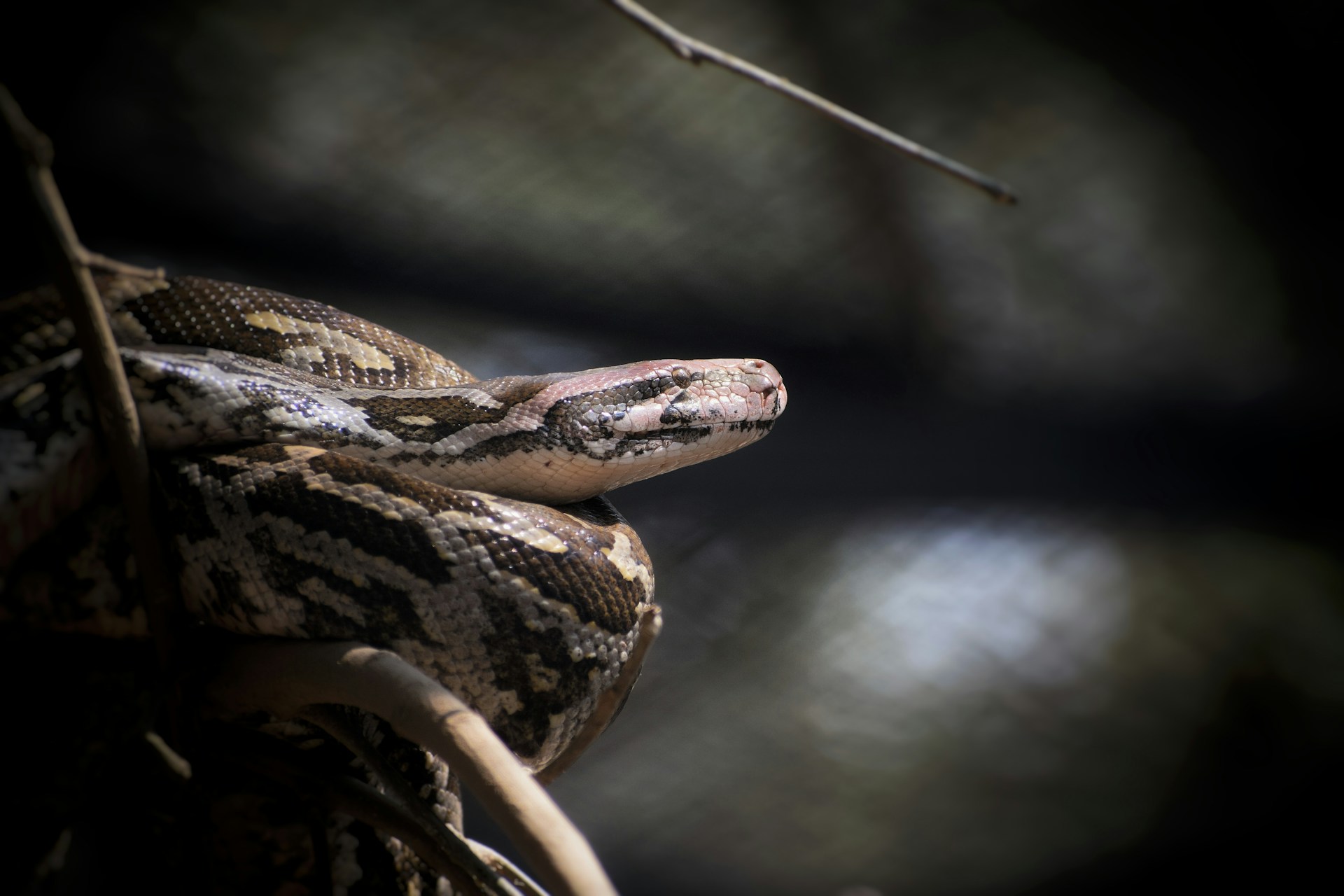
The African rock python, a subspecies thriving in central and western Africa, is the largest snake on the continent and among the six largest globally. Preferring areas near water, they can be found close to rivers, lakes, and wetlands across Chad.
Read more: Dangerous animals in Africa
Non-venomous but dangerous, they kill by constriction. While not endangered, they face challenges from human activities. It’s essential to stay away from areas inhabited by these snakes during your trip, as they can handle large animals like antelopes and rabbits.
Spitting Cobra
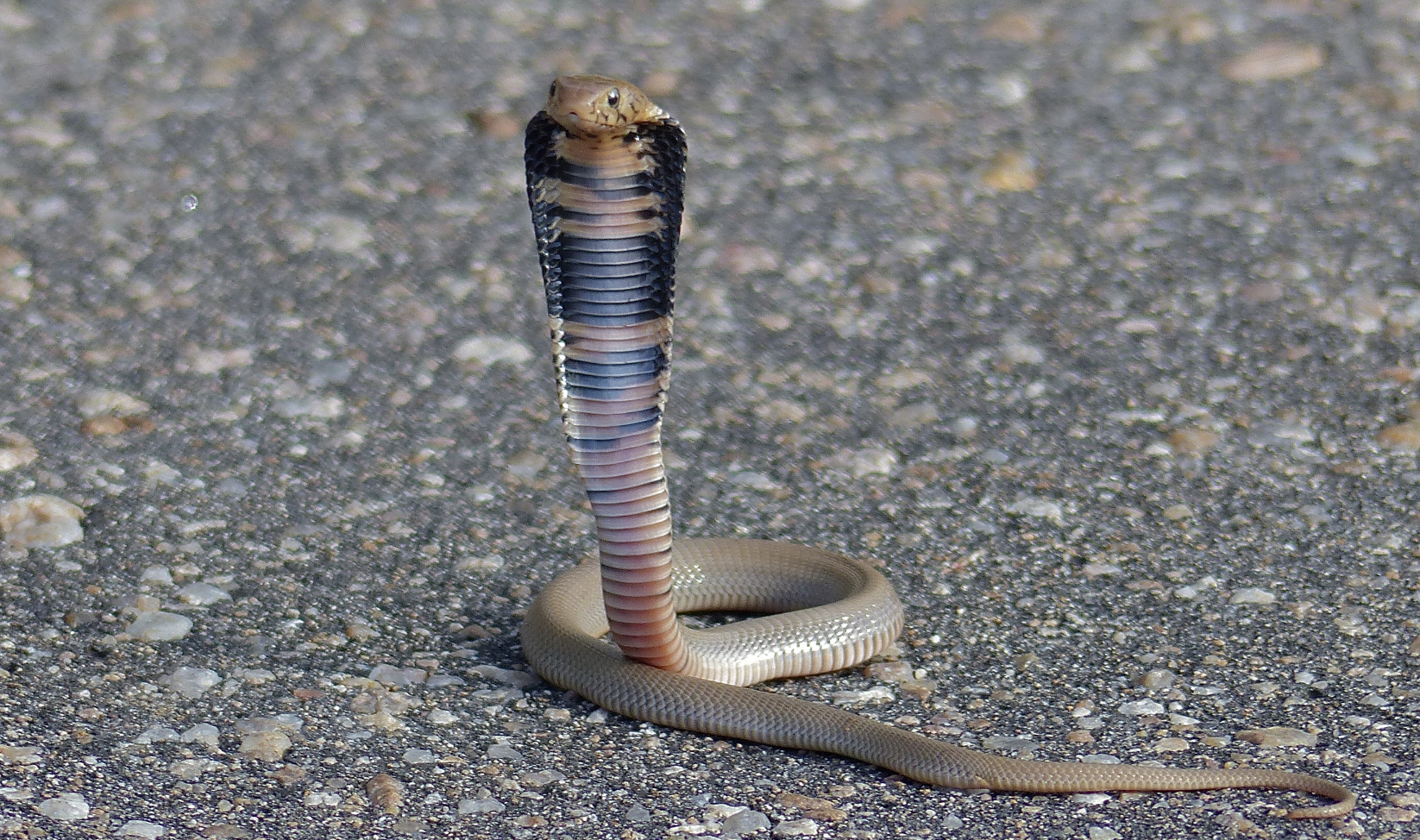
The spitting cobra, one of the most dangerous animals in Chad, is found in diverse habitats, including dense forests and areas around cities. Common in Sudanic climates, it resides in savannas and open forests. Nocturnal and diurnal, it preys on amphibians like lizards and frogs. Highly dangerous, it’s crucial to stay in a safe environment during your trip, carefully selecting places to minimize the chances of interaction.
Buffalo
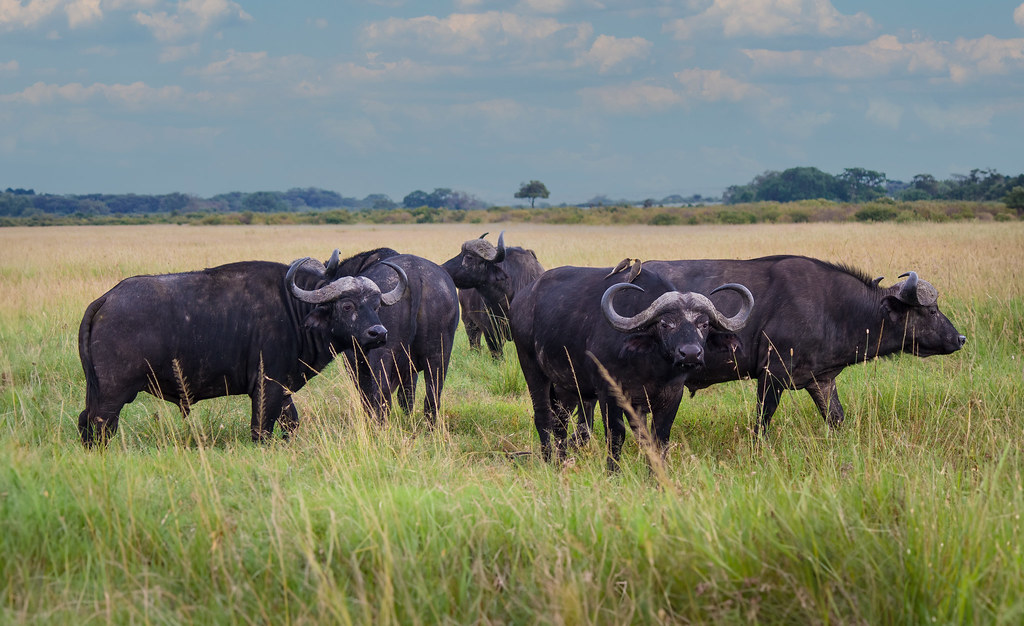
The Chad Republic is home to dangerous creatures like buffaloes, particularly thriving in the wild forests. These buffaloes, characterized by sharp horns and immense size, can grow up to 7 feet tall and weigh around 3000 pounds. With a remarkable sense of smell, they can charge at high speeds, posing a threat. Even after leaving their habitat, they may follow and strike with their curved horns. Exercise caution during encounters with these formidable animals.
Black-Necked Spitting Cobra
Encountering the black-necked spitting cobra is a possibility during your trip to Chad. Thriving in the wild, these creatures can grow up to 7 feet long and inhabit the savanna grassland and dense forests of the country. Their coloration varies based on climate and terrain, with common colors including reddish ventral sides, yellow, grey, or pale black.
The heads also exhibit diversity, with distinct oval shapes or two venom glands on the side. Adaptable to different regions, their venom concentration increases in drier climates. It’s crucial to avoid areas inhabited by these snakes to ensure a safe trip.
West African Lions
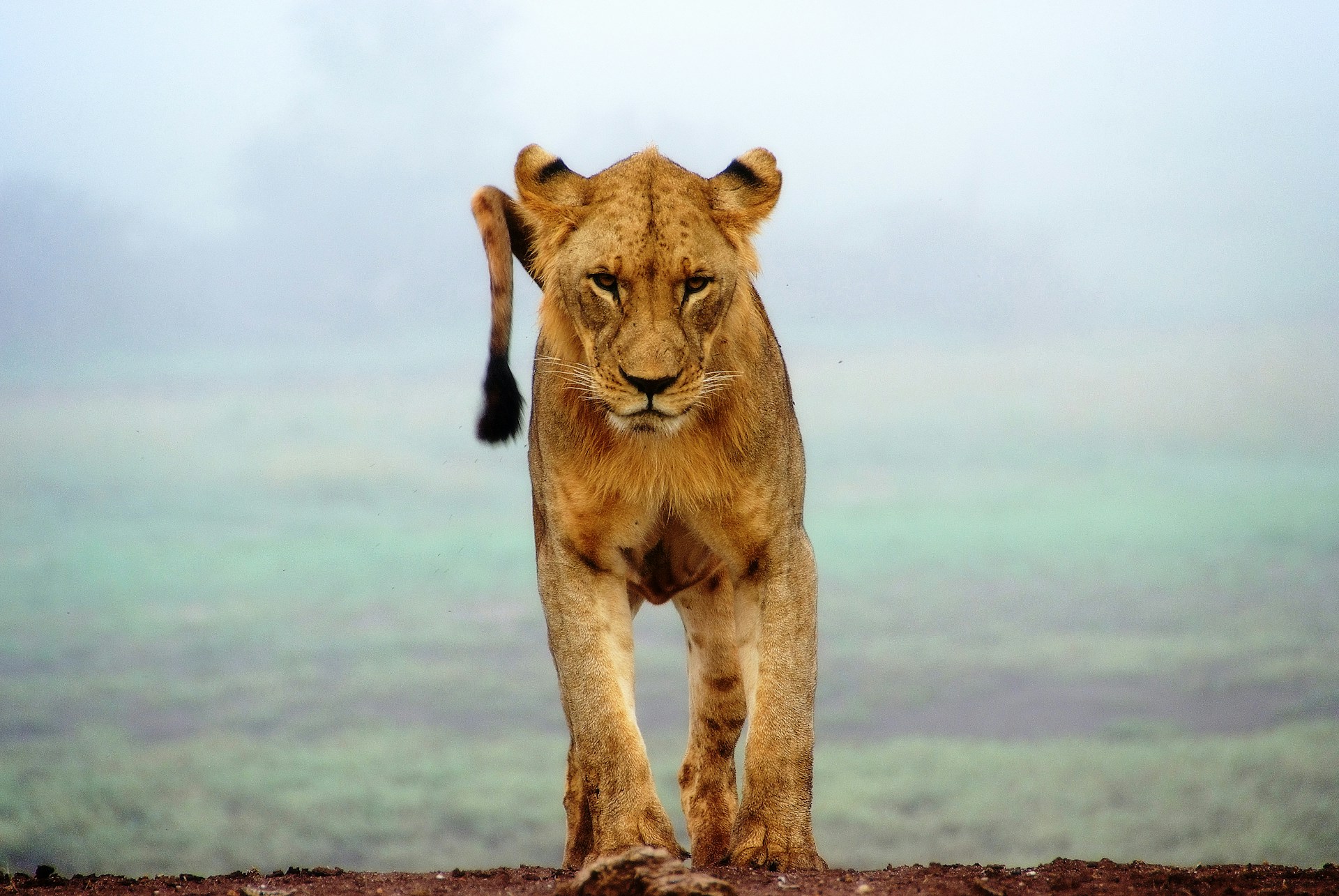
West African lions in Chad are apex predators and can be encountered in national reserves and parks. Considered very dangerous, they are capable of hunting humans. Thriving in the wild, these lions possess sharp claws and teeth, making them aggressive and stealthy. While they don’t see humans as prey, they may attack if they perceive a threat. Staying in a safe environment is crucial to prevent encounters with these formidable creatures during your trip.
African Elephant
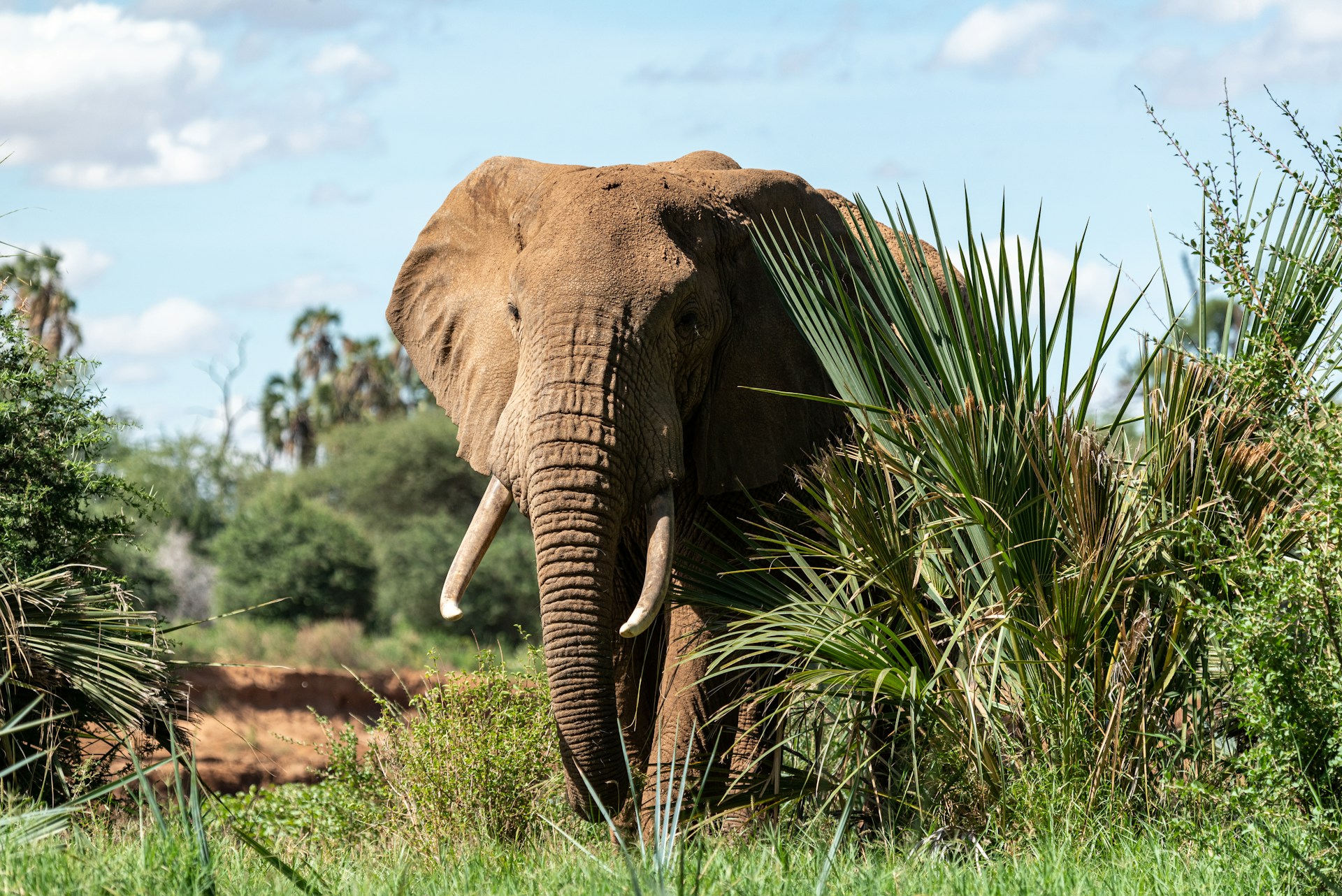
The African elephant, weighing a colossal 15,000 pounds, is one of the most dangerous creatures you may encounter in Chad. Roaming the forests and savannas, these herbivores are territorial and should not be approached, as they perceive humans as threats. With distinctive trunks for protection, these creatures demand cautious observation during your trip to the region.
West African Desert Crocodile
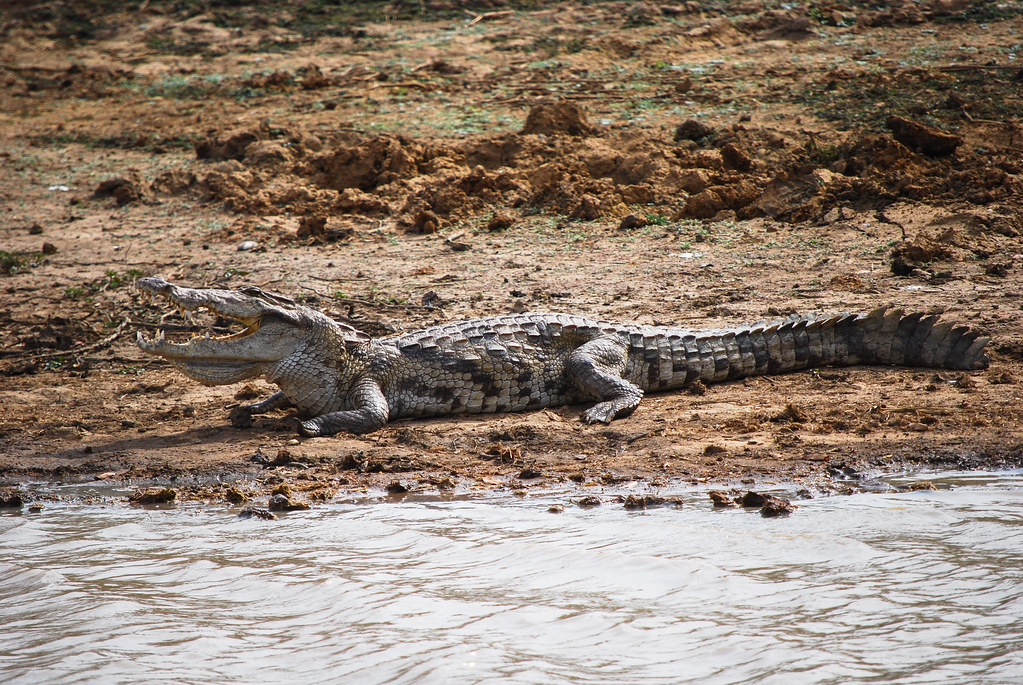
Different from the Nile crocodile, the West African desert crocodile is found in Chad. Thriving in the harsh desert environment, they hide in burrows and are known to grow up to six feet long, weighing between 1,000 and 3,000 pounds. Emerging during the rainy season, it’s essential to watch out for these crocodiles in the wild, especially in water or wetlands.
Hippopotamus

Encounters with hippos are likely along rivers and wetlands in Chad. These aggressive and territorial creatures, with sharp teeth, move from one location to another at night and early morning. Despite their enormous weight, hippos can run at speeds of up to 40 kilometers per hour and pose a threat when charging. It’s crucial to stay far away from these areas, especially during these times, for your safety.
Spotted Hyena
In the forested parts of Chad, the spotted hyena is a common carnivore and one of the dangerous animals there. With sharp teeth and strong jaws, they can chew through bones and flesh. While not inherently dangerous, caution is advised, especially when hungry or when food is scarce, as they may become aggressive. Highly intelligent creatures, hyenas can transmit rabies through bites, emphasizing the need to avoid their habitats during your trip.

